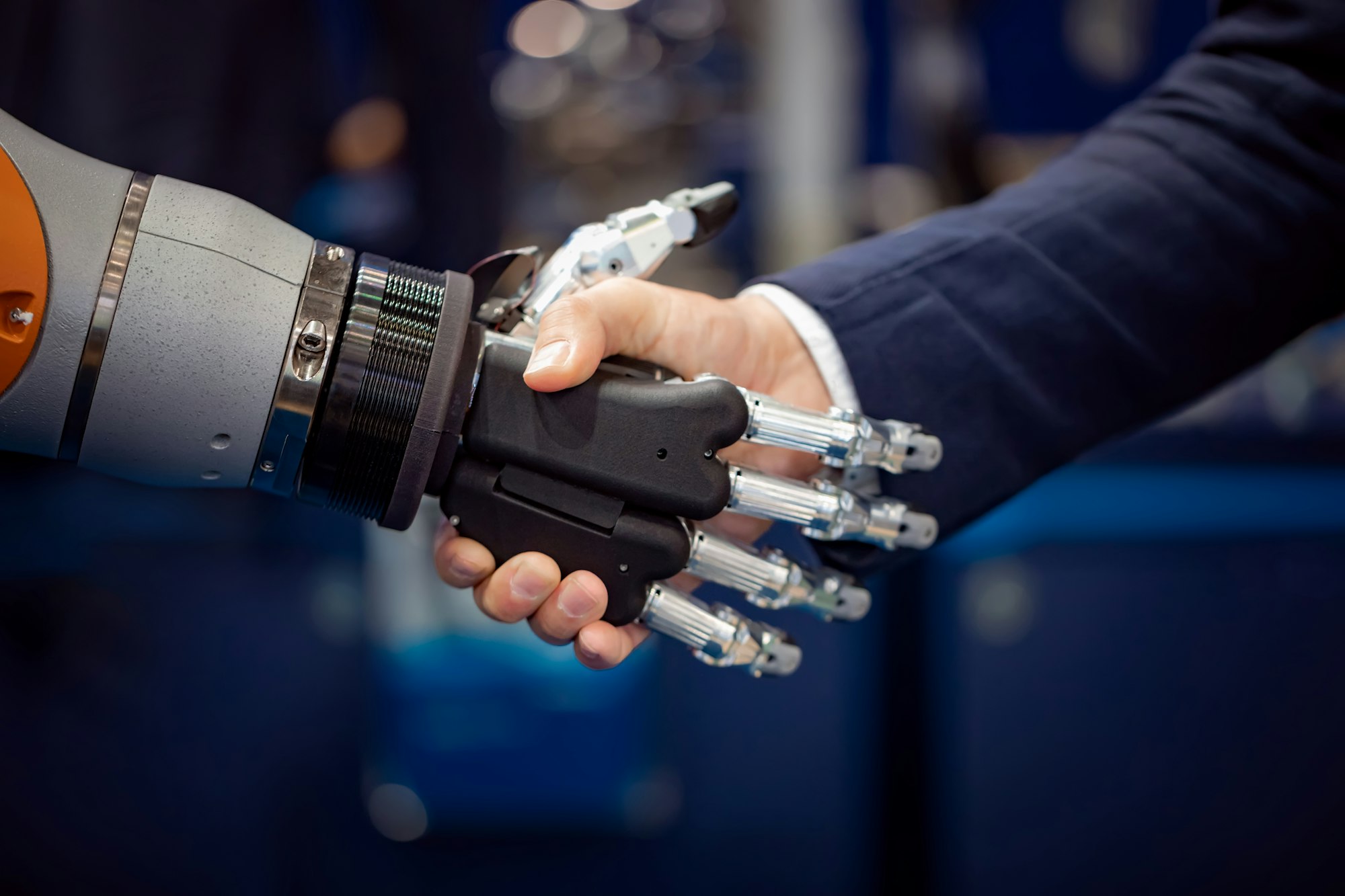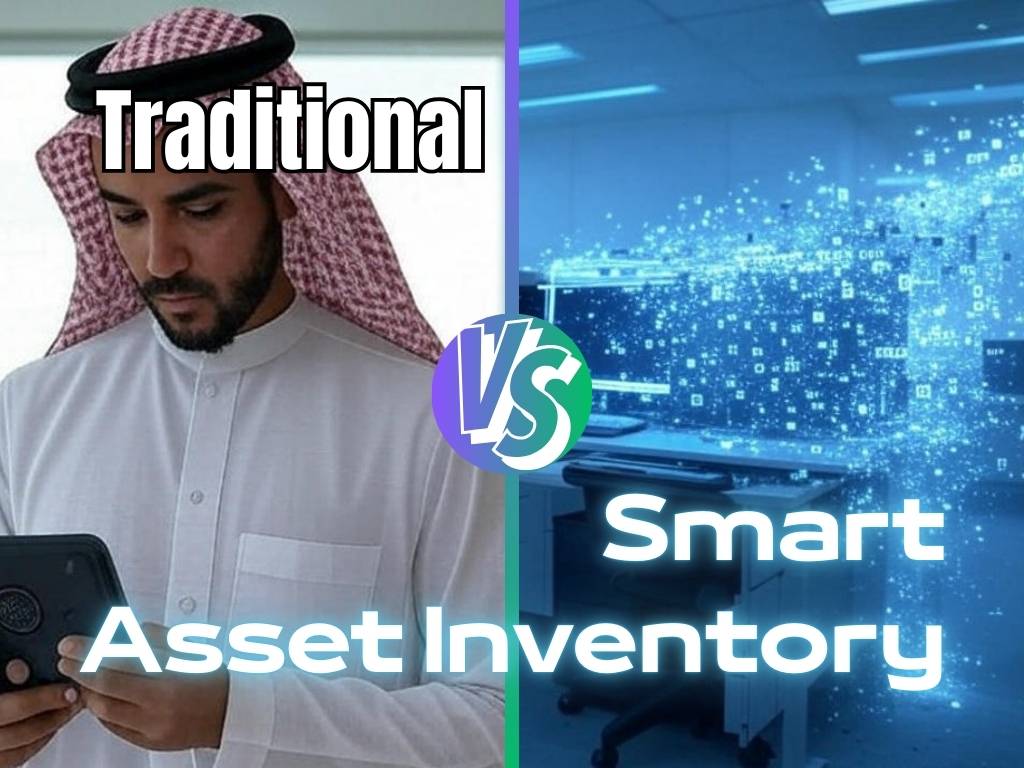I’m pretty sure you have watched “The Terminator” or James Cameron’s masterpiece “Avatar”. In case you haven’t, you probably should hit the store immediately and get the DVD’s. Perhaps the easiest way or let’s say “the most compelling” way to convey a concept to humans’ brains would be through visual media and who’s better than Hollywood to perfectly convey the message? These two movies unveil the very essence of IOT.
Skynet, which a global intelligent Robot embedded with sensors, in “The Terminator” tries to eradicate the entire human race. In “Avatar”, Eywa, which is also a global creature centered at the “Tree of Souls” embedded with bio-sensors. Eywa resists and conquers destructive, belligerent corporations. The thing about Skynet and Eywa is that it has, or connects to, SENSORS everywhere. Those sensors provide real-time information about people, environment, resources, etc. Without that real-time data, Skynet is just a database and Eywa is a mere tree.
The Internet of Things: A World of Connected Devices
IOT, like Skynet and Eywa, functions upon sensors. By definition the Internet of things is the connection of electronics to physical items, those can be software, sensors and networks that permits these objects to gather and transfer data. The IOT allows objects to be sensed and/or controlled wirelessly across available network infrastructure, creating opportunities for more direct incorporation of the physical world into computer-based systems, consequently improving efficiency, accuracy and economic benefit. When IOT is supported with sensors and actuators, the technology becomes more general class of cyber-systems, which also incorporates technologies such as smart homes, smart transportation, cities etc. It is noteworthy to point out that a sensor is not a machine by itself. It doesn’t function in the same manner that a machine does. It rather computes, it assesses; in short, it collects data. In essence, the real worth of Internet of Things is realized when leveraging upon the collected data. All the data collected by all the sensors in the world is worthless if there isn’t a solid infrastructure in place to analyze it in real time. The IOT doesn’t operate without cloud-based applications to interpret and transfer the data coming from all these sensors. The cloud is what enables the apps to go to work for you anytime, from anywhere in the universe. Experts expect that the IOT will comprise of almost 50 billion objects at the end of 2020. Still doubting the existence of aliens? I don’t!! I sure hope they’re reading this very article.
Understanding the IoT
The Internet of Things (IoT) refers to the interconnected network of physical objects, embedded with sensors and software, that can collect and exchange data. This connectivity enables these objects to be remotely monitored and controlled, leading to improved efficiency, accuracy, and economic benefits.
Key Components of IoT:
- Sensors: Devices that collect data from the physical environment.
- Actuators: Devices that control physical processes based on sensor data.
- Connectivity: Network infrastructure that enables communication between devices.
- Cloud Computing: Platforms that process and analyze data from IoT devices.
Applications of IoT:
- Smart Homes: Automated control of lighting, temperature, security systems, and appliances.
- Smart Cities: Efficient management of infrastructure, transportation, and energy consumption.
- Industrial IoT (IIoT): Optimization of manufacturing processes, predictive maintenance, and supply chain management.
The Importance of Data Analysis:
The true value of IoT lies in the ability to analyze and leverage the vast amounts of data collected by sensors. Cloud-based applications play a crucial role in processing and interpreting this data, enabling real-time insights and decision-making.

Since Broadband Internet has become more widely available, the cost of connecting to a network is declining, more products are being created with Wi-Fi capabilities and sensors built into them, hence technology costs are decreasing, and Smartphone penetration is soaring. All of these things are creating the perfect atmosphere for the IOT. IOT is said to alter everything in our lives and make it smart starting by the streetlights and ending by seaports. Sounds like an utter sorcery to me!
The Rise of IoT in Lebanon: Innovators Paving the Way
Lebanon might not be in the lead when thinking about ground-breaking technologies, but some Lebanese entrepreneurs have definitely marveled at developing some technologies that could in fact change the way we handle things altogether. Although, the very use of IOT is still limited due to lack of information and perhaps seriousness, along with poor infrastructure, and accessibility, Lebanese entrepreneurs, however, are coming up with prodigious business ideas to integrate IOT. Among these entrepreneurs, a company that created a device offering people having allergies practical advice on how to overcome their condition, another created a lighter which helps smokers quit smoking once and for all, and then another came up with a cardiac monitor that would notify your doctor of dangerous signs before serious heart conditions escalate. Moreover, the car plates license application where you can type the plates’ number to acquire all information about the person possessing that car plate number. It has definitely caused some concerns regarding the invasion of privacy and exposing personal information to the public. On the other hand, some entrepreneurs are diligently attempting to deploy “Smart City Lighting” and “Smart food safety management” which is at the basis of IOT and list goes on and on. These products are granting users all over the world easy solutions that are universally accessible. It also contributes in a significant shift in the Internet of Things space, which has so far been largely overtaken by mere “nice-to-have” gadgets.
RFID and IoT: A Powerful Partnership
Internet of Things requires some essential components to enable communication between devices and objects. Objects need to be embedded with an RFID tag, in order to uniquely identify an object. Also, an RFID tag allows the object to wirelessly transfer certain kinds of data, leading us to another requirement: the ability to monitor data. Let’s move now to RFID and IOT and see how they leverage upon each other. Internet of Things is all about connecting things with each other. It is usually more witnessed in wealthy people’s houses, where you see “home automation” in every corner of the house. As soon as you walk in with your wealthy date, the lights are dimmed, the air condition is automatically turned on and the smart gramophone starts playing Elvis’s “I can’t help falling in love with you” and the candles are automatically lit… Okay not that much, let’s comes back to reality. The candles cannot be lit by themselves nor are you dating a wealthy man. Sorry for breaking the news. But for real now, home automation is taking over and many companies are starting to widely introduce it to the general public. Guess what? People are actually buying it! While the Internet of Things concept surfaced from the RFID concept, it has since developed way beyond its expectations. But RFID will still play a crucial role in the thriving IOT world. The idea behind the term was that tagging physical “things” is all fine and good, but it is the results data about that matter the most. And in today’s international supply chain where things are manufactured anywhere and shipped elsewhere, it’s sensible to save the data about the thing in the cloud in order to retrieve it later.
RFID as a Cornerstone of IoT
RFID technology serves as a fundamental component of IoT systems, enabling the unique identification and tracking of physical objects. Embedded RFID tags act as digital identities, allowing devices to communicate and exchange data wirelessly.
Key Roles of RFID in IoT:
- Identification: RFID tags provide a unique identifier for each object, enabling seamless tracking and management.
- Data Transfer: RFID tags can store and transmit data, such as product information, location, and status.
- Connectivity: RFID technology facilitates communication between devices and the IoT network.
From smart homes to smart cities, IoT is transforming our world.
The Intersection of RFID and IoT: A Powerful Combination
IOT has developed to include anything that is connected to the Internet be it wired or wireless, so IOT has developed way beyond the RFID capabilities. However, RFID-based applications are still one of the most expanding segments in IOT marketplace. Indeed, the Internet is the ideal place for multi-party data sharing, so this union, between RFID and the Internet of Things is crucial and everlasting. This is why some companies in Lebanon are being extremely sedulous to create new applications based on RFID and IOT.
Tragging’s Fixed Asset Tracking: A Game-Changer for Supply Chain Management
Tragging has developed a ground breaking software under the name of “Fixed Asset Tracking” that’s main purpose is to grant mangers the ability to track their fixed assets using RFID technology. Since most companies in Lebanon are attempting to gain and sustain a competitive advantage, integrating IOT in the very core of their business processes is rather crucial. Thus, utilizing “Fixed Asset Tracking” software within their system is a must. Allow me to elaborate, let’s say you are a manager at a huge company that ships goods internationally. With IOT you’ll be able to monitor the conditions of your shipments due to the fact that it is embedded with sensors, RFID tags and RFID readers enabling you to monitor in real time the exact position of the shipment in the warehouse, the origin of the shipment, the expiry date as well as the temperature. How about that? Let me call it “The Ghost Assistant”. This invisible ghost enables you to enhance efficiency, minimize waste, and enables you to trace and track your goods. If, for example, a shipment is contaminated and proved to be unsuitable for consumption, you will very easily be able to track the origin and cause of the defect due to the great deal of information you acquired along the way. Startups such as this Lebanese superstar prove that IOT can be an authentic game changer. Come on now, who wouldn’t want that?!! I DEFINITELY DO!
The Transformative Power of IoT and RFID
Having items tagged with NFC or RFID tags and coupled with an Internet of Things application, people can enhance their lives and even save time and money on the long term. A grocery list could be automatically generated as products are completely consumed or expired. An accurate, real-time list minimizes waste as people wouldn’t have to buy unnecessary products. Furthermore, in healthcare application, we find Smart prescription drug bottles or cases that send alerts to the patient to remind them of the prescription adherence. Smart shopping systems could monitor users’ buying habits by tracing their mobile phones. These users are then presented with special offers on their preferred products, or even the number of aisles of the items they need, which their fridge has automatically communicated to the phone. All these advancements add to the countless list of IOT applications. Now with IOT, you can command the electrical appliances installed in your home while you are working at the office. Your water will be warm as soon as you get up in the morning for the shower. You name it; IOT has an application for it. A study conducted by McKinsey & Company in June 2015 stated that IOT is expected to generate $11.1 trillion by 2025, which is more than 10% of today’s world economy.
Looking back, who would have thought that something called RFID is going to alter the face of the Earth as we know it. RFID eventually stepped up to the spot light and became a crucial tool in all sorts of industries from retail to logistics to healthcare. Now, with RFID celebrating its second decade of adoption, the technology’s promoters are keeping their heads busy in preparation for another act. RFID is a vital part of the next big thing: the Internet of Things.
In essence, many debates about the IOT have been and still are taking place all around the world as we attempt to fully understand how this will influence our lives. We are also trying to comprehend what chances and challenges are going emerge as more and more objects start to join the IOT. The Internet of Things has great potential, yet business, policy, and technical challenges must be addressed before these systems are widely embraced. Companies should start taking initiatives to positioning themselves by utilizing advanced technologies to maximize business processes. For now, perhaps the best thing to do is educate ourselves more about IOT and the potential effects that can be clearly portrayed on both how we work and live. However, we should always keep an open mind as to where this could reach as we might end up dealing with aliens.. Who knows?




